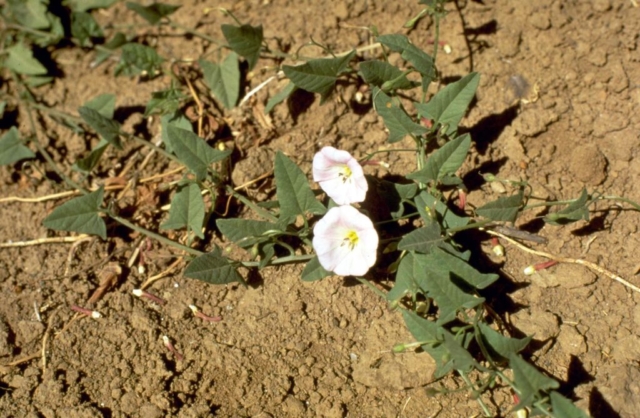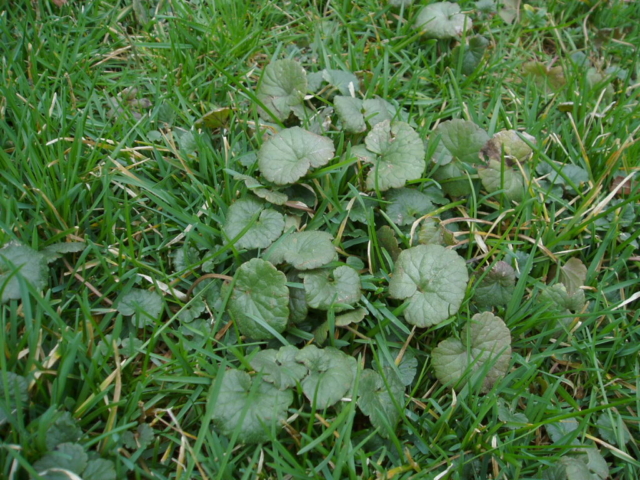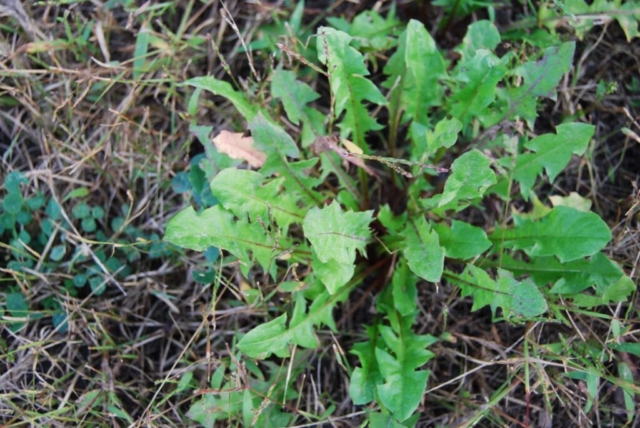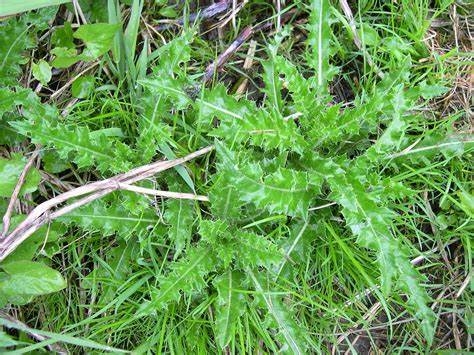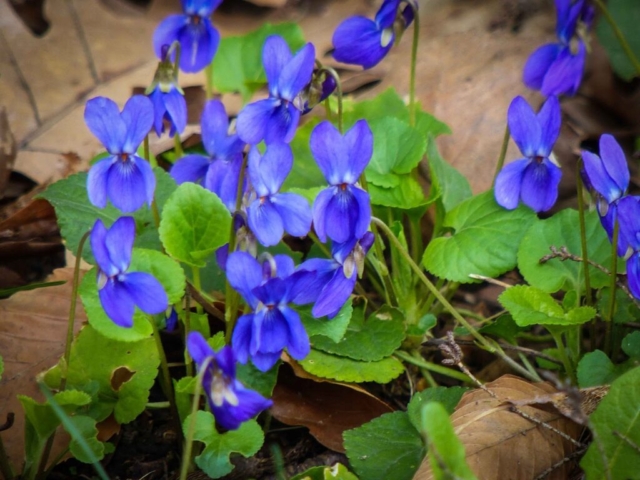Hey there, fellow gardeners! It’s that time of year again – time to tackle those pesky broadleaf weeds invading your lawn and garden. I’ve been out there myself, and here’s what I’ve been up to:
Before the rain rolled in, I decided to take on the field bindweed, which was absolutely thriving this year. I gave it a good dose of Weed B Gon to keep it in check. And you know what? It did the trick!
Now, as for the garden, I cleared it out and spotted those troublesome Canada thistles. They had quite the spotted spurge, so I hit them with some herbicide as well. We don’t want those guys taking over.
The good news is, that it looks like we have a few more weeks to keep up with our weed-fighting mission. The magic number is around 28 degrees Fahrenheit or lower. When the temperature drops, the weeds are in for a world of hurt.
Fall is the perfect time for weed control because the plants are busy sending nutrients from the leaves down to their roots for the winter. In the spring, it’s the other way around, which makes herbicides less effective. So, let’s make the most of this window of opportunity!
Now, when it comes to choosing suitable herbicides, most of them contain active ingredients like 2, 4-D, MCPP, Triclopyr, Dicamba, or a combination of these. The ones that work best typically have two or more of these compounds. They’re like the heavy artillery of weed control!
Another handy tip: go for sprays rather than granules. Sprays provide better coverage and are more effective at targeting those troublesome weeds.
One last thing – hold off on mowing your lawn just before you spray, and avoid mowing when rain is in the forecast within the next 24 hours. Let’s give those herbicides the best chance to work their magic.
Happy weeding, and here’s to a weed-free lawn and garden! ![]()
![]()
![]()

